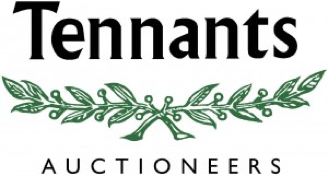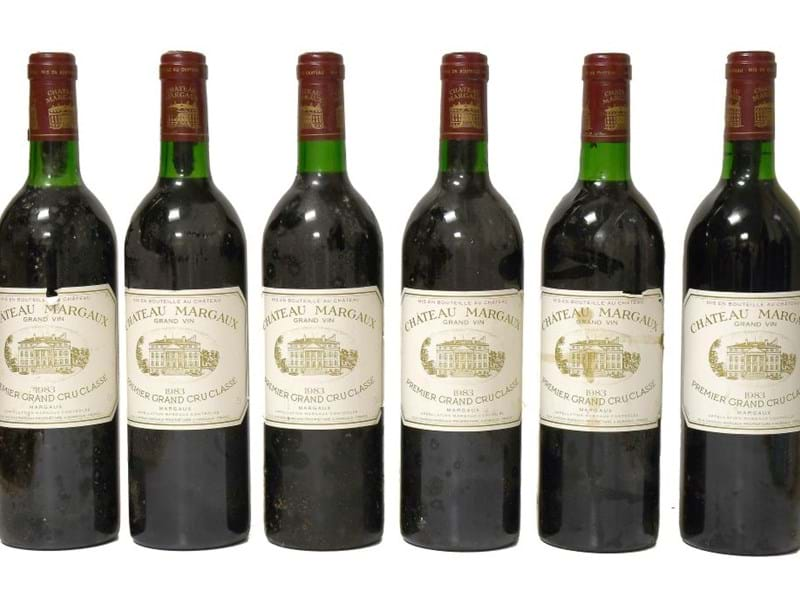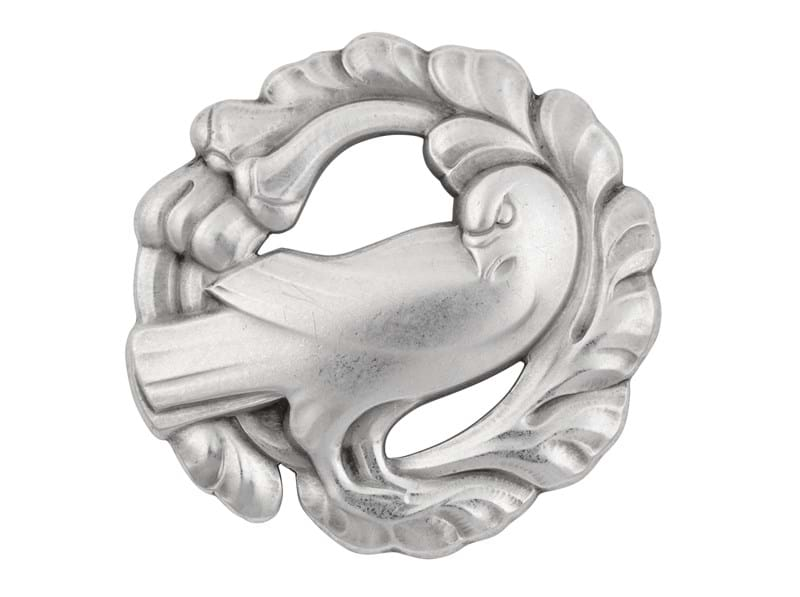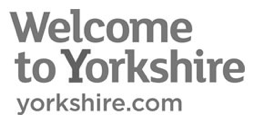Stirrup cups are traditional drinking vessels popular in the late 18th and 19th centuries, which were used by hunting parties to quaff spiced wine, port or sherry. The name derives from the practice of drinking whilst mounted, with feet in the stirrups. Used either before setting off on the hunt or before returning home at the end of the day, they are sometimes alternatively known as ‘parting cups’. The design of the stirrup cup is distinctive, often decorated with an animal of the hunt’s head at its base. The most common examples represent horses, hounds or quarry species.
News & Insights
Stirrup Cups
With no requirement for a flat base like glasses or tankards made for use at tables, instead priority was placed on the stirrup cup’s fit into the rider’s hand, as well as its decorative design. The rounded, conical shape of the cup, along with its small size, increases ease of use for riders to quickly drink whilst mounted. Some cups may even be engraved with mottos of the chase. Stirrup cups can often be found in groups or pairs, as they were often made as sets to due to the collective nature of their use, when a hunting party was drinking together. They were a popular gift amongst the upper classes for recipients who enjoyed hunting.
Traditionally, stirrup cups would be made of silver or pottery, though there are examples made from silver-plated pewter too. Many of the earliest examples on the market today, dating from the late 18th century, are made from silver and are comparatively crudely made. As the 19th century progressed the quality of the craftsmanship improved and the most expensive stirrup cups that appear at auction today are fine Victorian silver examples. Notable silversmiths of the era, such as James Barclay Hennell of London, created beautifully cast and engraved naturalistic examples. More affordable, but just as finely made, are mid to late 20th century examples modelled after the earlier Victorian prototypes. Whilst still usable as a cup by a keen sportsman, they are perhaps more often purchased as novelty decorative objects today.
Ceramic examples began to be made around the 1770s and were produced in centres of pottery making such as Staffordshire. Whilst many pottery stirrup cups do not bear a maker’s mark, those that are stamped with a maker’s name, such as Derby, Rockingham or Worcester, tend to be more highly sought after. Like their silver counterparts, the quality of execution improved throughout the 19th century, becoming more detailed and naturalistic. Foxes and hounds tend to be the most frequently found stirrup cups, but rarer models include horses’ heads, hares and even wild boars.
Two private collections of stirrup cups are coming up in the Summer Fine Sale on 13th July, with examples from the early and mid-19th century. Included are Staffordshire Pearlware, English Porcelain and Rocking Porcelain pieces, modelled as hounds, foxes and even a hare.
< Back to News
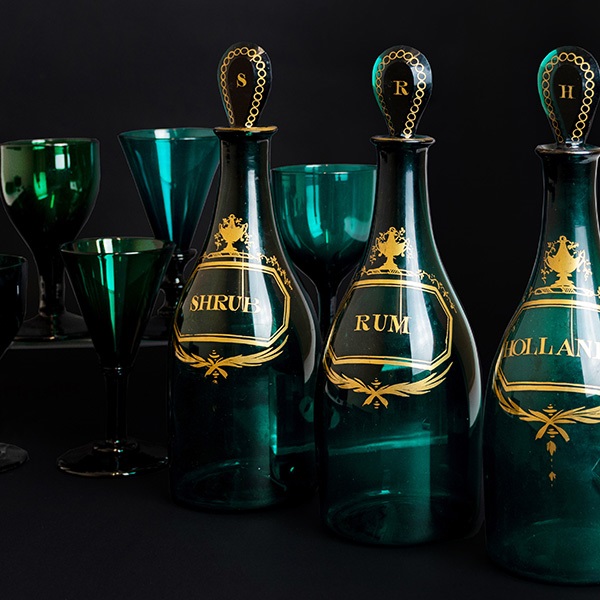
25th April 2025, 09:30
Plan your visit to our Leyburn Head Office and Salerooms, or our Harrogate and London Offices
Get your antiques and collectables valued by our team of specialists.
